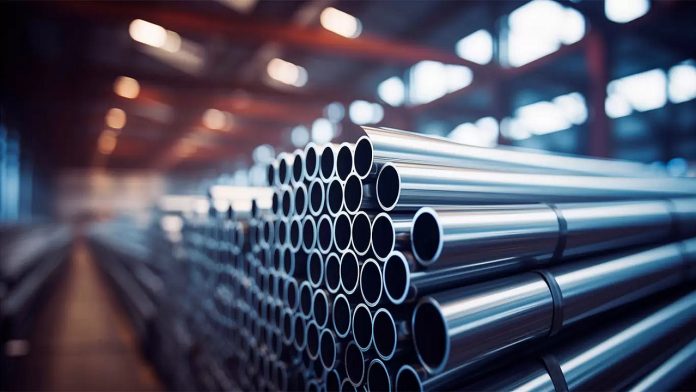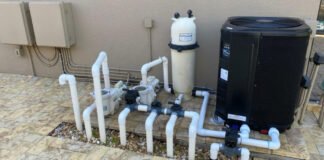When it comes to underground construction projects, selecting the right type of steel is crucial for ensuring durability, safety, and long-term performance. Two common options that engineers and builders often consider are ASTM A53 and ASTM A500. In this article, we’ll delve into the suitability of these steel grades for underground applications and explore the factors that influence their performance. For a detailed comparison, you can view detail about ASTM A53 and ASTM A500 by clicking on the link.
Understanding ASTM A53 and ASTM A500
Before diving into their suitability for underground applications, let’s briefly overview ASTM A53 and ASTM A500. ASTM A53 is a specification for carbon steel pipes, available in both seamless and welded forms, primarily used for transporting fluids such as water, gas, and oil. On the other hand, ASTM A500 covers cold-formed welded and seamless carbon steel structural tubing, commonly employed in structural applications like building frames and architectural designs.
Corrosion Resistance
One of the most critical factors to consider in underground applications is corrosion resistance. Underground environments are often harsh, with soil moisture and chemicals posing a threat to steel structures. In this aspect, ASTM A53 and ASTM A500 differ significantly. ASTM A53, especially when hot-dipped galvanized, offers excellent corrosion resistance, making it suitable for underground pipelines and utility conduits. Conversely, ASTM A500 may not provide the same level of corrosion resistance, particularly in environments with high moisture content and corrosive soil conditions.
Mechanical Properties
Another crucial consideration for underground applications is the mechanical properties of the steel. ASTM A53 and ASTM A500 have distinct mechanical characteristics that impact their performance underground. ASTM A53 tends to have higher tensile and yield strength compared to ASTM A500, making it more suitable for applications where structural integrity and load-bearing capacity are paramount. However, ASTM A500’s uniform strength throughout its various shapes can still offer adequate support in underground structures, depending on the specific project requirements.
Fabrication and Installation
The fabrication and installation process also plays a significant role in determining the suitability of ASTM A53 and ASTM A500 for underground applications. ASTM A53 steel pipes are readily available in various sizes and thicknesses, making them relatively easy to fabricate and install in underground pipelines and conduits. Additionally, the flexibility of ASTM A53 allows for seamless integration into existing underground infrastructure. On the other hand, ASTM A500’s availability in structural tubing shapes may require additional fabrication processes to meet specific underground design requirements, potentially increasing installation complexity and costs.
Cost Considerations
Cost is always a significant factor in decision-making processes for construction projects. When comparing ASTM A53 and ASTM A500 for underground applications, it’s essential to consider both initial costs and long-term expenses. While ASTM A53 may have higher initial costs due to its superior corrosion resistance and mechanical properties, it could potentially result in lower lifecycle costs by reducing maintenance and repair needs over time. Conversely, ASTM A500 may offer cost savings upfront but could incur higher maintenance costs in corrosive underground environments.
Regulatory Compliance
Ensuring regulatory compliance is essential in underground construction projects to meet safety and environmental standards. Both ASTM A53 and ASTM A500 adhere to stringent industry regulations set by organizations like the American Society for Testing and Materials (ASTM), ensuring quality, reliability, and safety in underground applications. However, it’s crucial to consult with regulatory authorities and engineering professionals to ensure that the chosen steel grade meets all necessary standards and requirements for underground construction.
Conclusion
In conclusion, selecting the appropriate steel grade for underground applications requires careful consideration of factors such as corrosion resistance, mechanical properties, fabrication and installation ease, cost considerations, and regulatory compliance. While ASTM A53 offers excellent corrosion resistance and robust mechanical properties, ASTM A500’s uniform strength and availability in structural tubing shapes may also be suitable for certain underground structures. By evaluating these factors comprehensively, engineers and builders can make informed decisions that ensure the durability, safety, and long-term performance of underground constructions.














